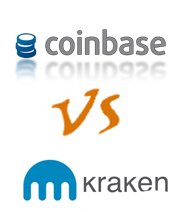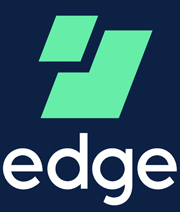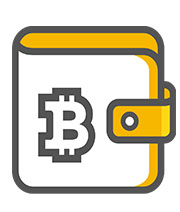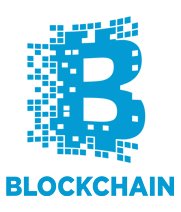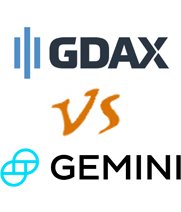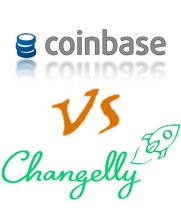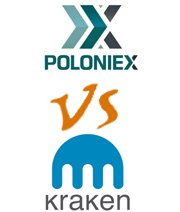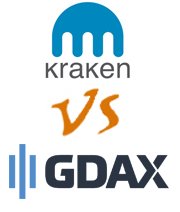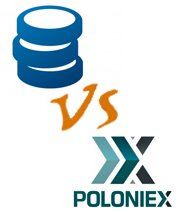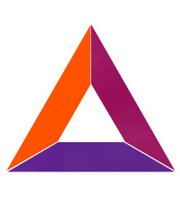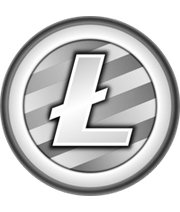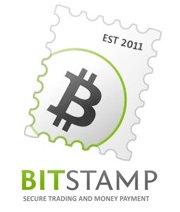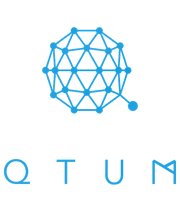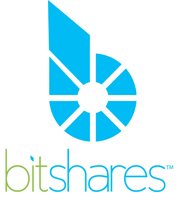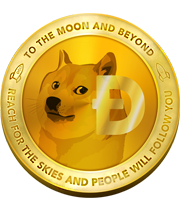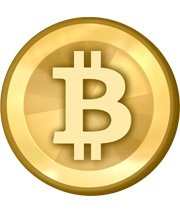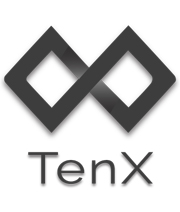
Table of Contents
One obstacle that’s prevented a lot of people from getting into cryptocurrency is utility – it’s a hassle to get access to crypto, and it’s even harder to spend it. For people who want to use crypto as a practical currency and not as a long-term investment, there aren’t a lot of options until most stores start accepting it, and as a result, people who might have gotten in the game have shied away.
Not anymore. TenX aims to change the game by making it possible to use your cryptocurrency anywhere. That’s right. With their system you can use your crypto coins and tokens anywhere, even places that don’t generally accept them.
What is TenX, how does it work, and how can you benefit from it? Check out our guide to find out. And be sure to check out our new list of the best altcoins of 2024, and see if TenX made the cut.
TenX: How It Works
TenX’s plan is to make all blockchain assets – cryptocurrencies, tokens, coins, what have you – able to be spent in the real world instantaneously. The plan involves a wallet and a physical card and something called the COMIT Network, which allows cross-chain payments to be made.
Let’s look at the TenX Wallet. This multi-currency wallet can be had on iOS, Android, and on the desktop. While it currently comes only with Bitcoin support, it’ll be including Dash coins, Ethereum, and ERC-20-compatible tokens soon enough.
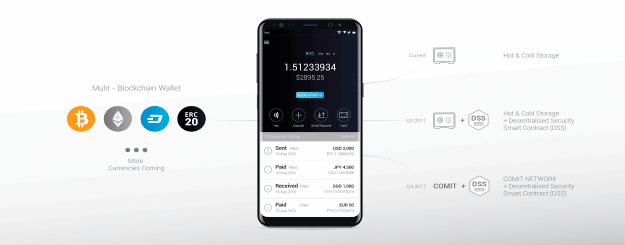
Transactions are made with the app, or with the physical card which is used like a normal debit card. The card comes with other features too, like smart contracts that control how much can be spent, and limits for individual purchases and withdrawals. You can also determine what ratio of coins should be used in each transaction (X amount of Ethereum, Y amount of Bitcoin, etc).
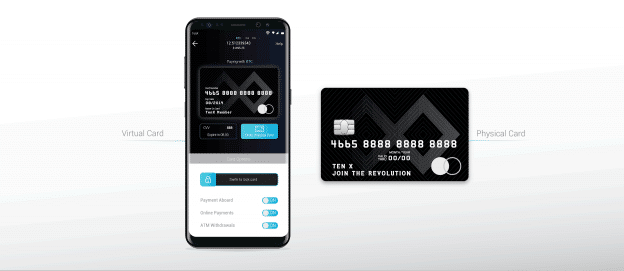
Later in 2024 the TenX team will release tools for businesses to join their company to the COMIT Network. The apps developed by these companies will improve the usefulness and reach of the network, and set up the possibility of lending and borrowing.
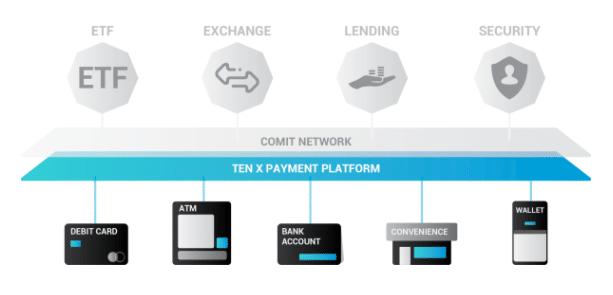
How the COMIT Network Works
COMIT stands for “Cryptographically-secure Off-chain Multi-asset Instant Transaction,” a utility developed by TenX founders Dr. Julian Hosp, Toby Hoenisch, and Paul Kittiwongsunthorn, which can create a routing protocol (CRP) between blockchains. The result is a network that allows instantaneous and practically zero-cost transfers between different assets of different blockchains, without the need of an exchange.
How does this happen? Say a person wanted to buy something from a business using Bitcoin, but the business only accepts American dollars. Say both the person and the business are connected to the COMIT Network. The person makes a purchase with Bitcoin at the business, but the purchase is routed through Liquidity Providers that determine the best rate of exchange between Bitcoin and dollars. The exchange is made quickly via the network, and the business receives dollars.
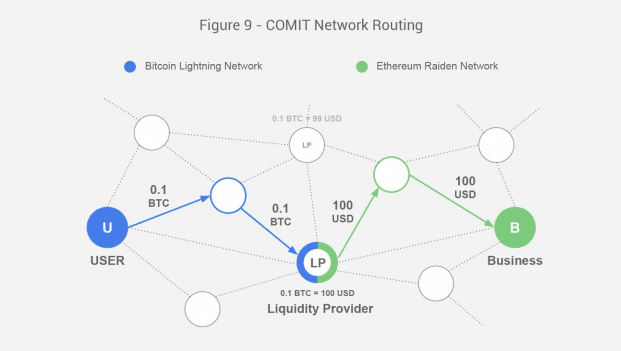
What Are the Fees and Rewards for TenX?
The best part of TenX is that there are no fees for transactions. Just pay $15 for the card and $1.50 for the spending app and you’re in business. You only pay a $10 annual fee if you spend less than $1000 in a year, which is the only drawback – but that’s less than many credit cards.
You can earn rewards by having PAY tokens and using your TenX card. By “holding” PAY, you get rewarded with Ethereum for each payment you make with the TenX system, and you get a portion of the 0.5% of all transaction fees that gets distributed to holders of PAY.
You get rewarded with PAY each time you use the card, to the tune of 0.1% of each transaction.
As you can see, there are lots of incentives to spend with TenX, comparable to the rewards offered by most credit cards.
TenX’s History
The company was founded in Singapore by a team including Dr. Julian Hosp, Toby Hoenisch, and Paul Kitti, the three who developed the COMIT Network white paper previously. The company has partnered with Fenbushi Capital, a firm that features Ethereum founder Vitalik Buterin as one of its partners.
The company had their ICO in June of 2024.
While there are other companies developing similar projects, based on the idea of directly using crypto to pay for real-world things quickly, TenX is the only one that uses COMIT to process them.

TenX’s Supply
Right now there are around 105,000,000 PAY coins in circulation, around 51% of the maximum amount of PAY possible. The team will be introducing around 60 million more into the market during the next 4 years for development, research, and other initiatives.
www.simplybeyondfoods.com/wp-content/languages/new/levitra.html
Since there’s a hard limit, the token cannot be mined like other currencies can. Of course that doesn’t mean there’s no incentive behind the project – if the project becomes successful the price will likely go up. There’s also no need to mine when PAY tokens are offered as rewards for using the service.

TenX and Trading
The PAY token started out modestly last year before climbing to $5.60 in August 2024. Since then it gradually lowered, before spiking again in early-to-mid January 2024. As of February, it had settled around $1.70. Boosts in price have been typically associated with news, new releases, and the success of similar coins. With the success of TenX and its adoption in place like Europe and the United States, it’s possible the price will climb. Other cryptocurrencies currently on the rise can be found on our list of the best altcoins of the year.
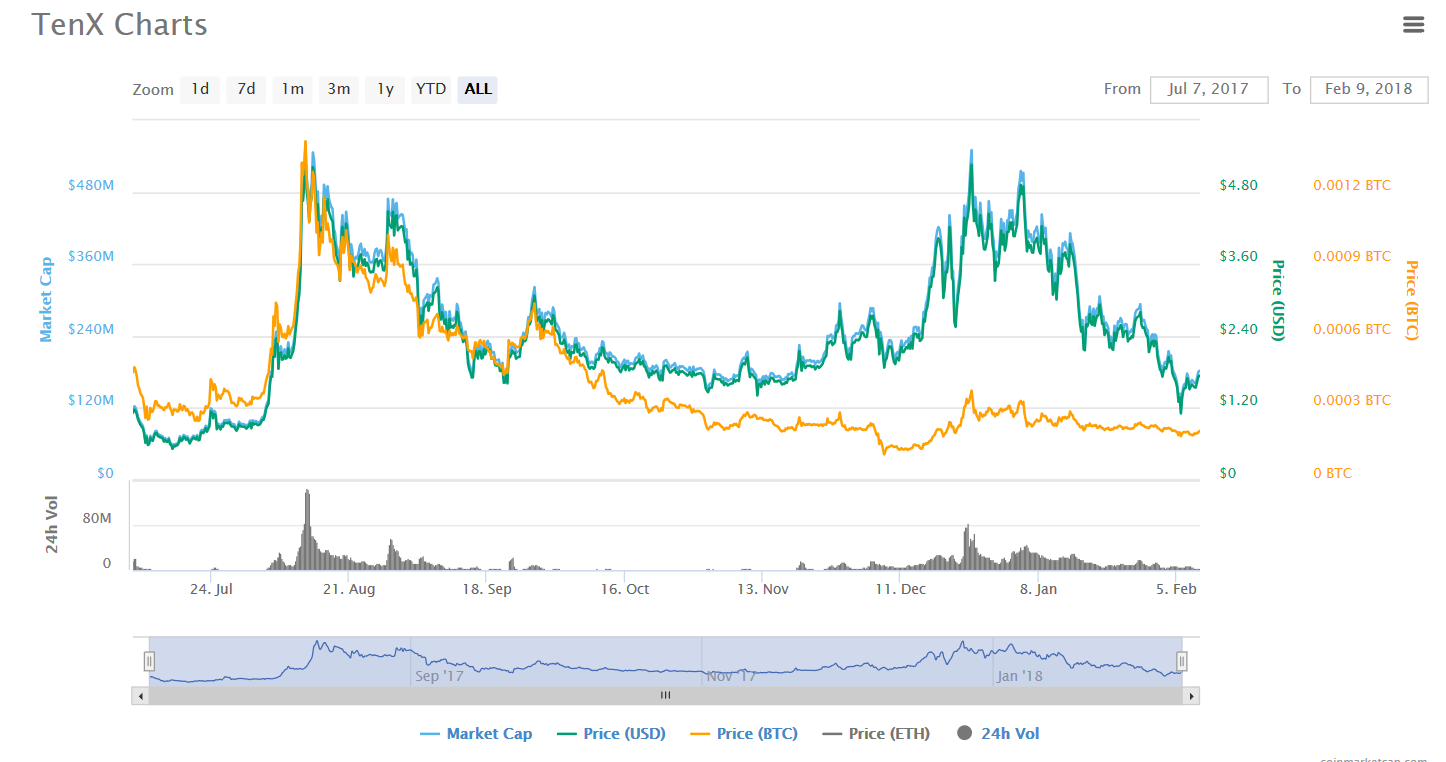
Buying PAY
PAY is easy to get. You can buy PAY tokens on some larger exchanges like Huobi and Bittrex. You’ll likely have to buy it with Bitcoin or Ethereum, since there don’t seem to be any fiat-compatible exchanges that trade in PAY. You’ll have to go to another service, exchange fiat for Bitcoin or Ethereum, and then buy PAY with those.
www.simplybeyondfoods.com/wp-content/languages/new/neurontin.html
Last we checked, the most popular trading pair with PAY was Bitcoin, so that might be your best bet.
Storing TenX
Since PAY is ERC-20-compatible, you can store it in a number of different wallets. Software-wise you can use MyEtherWallet. If you prefer hardware wallets, however, you can use the Trezor or Ledger Nano S wallets to store PAY. These will give you added security, since you can take them offline from the internet. For newer users, or those who don’t intend on holding many PAY tokens, the software option might be better, as well as cheaper.
You can check out other tokens that can be stored on a wide variety of wallets at our list of 2024’s best altcoins.
TenX vs Monaco
These are similar services. Both are wallet-and-card platforms that let people spend and exchange crypto instantly. Both offer cash-back rewards and offer low or no fees for transactions. Monaco is a little later in the game than TenX, but seems to have bigger designs, planning in 2024 to have credit lines and to offer half a million dollars-worth of travel insurance. TenX is based in Singapore, while Monaco is based in Switzerland.
TenX vs Shift
These are totally different services. TenX is a wallet that allows instantaneous exchange and use of cryptocurrency even with businesses and people who don’t accept crypto. Shift, on the other hand, is a blockchain that offers app development with branching blockchains for apps. Shift does have its own wallet, but the use of that wallet isn’t the focus of it – the focus is on web app development away from traditional hosting. Both have their own tokens as ways of paying and earning through the services.
TenX vs Centra
These are pretty similar. Both of these services offer cards that can be used to store cryptocurrencies and spend them. Both offer wallets and services that can be used to do free or cheap exchanges across Blockchains. Centra has plans for their own marketplace, while TenX doesn’t seem to have similar plans. Both use ERC-20 tokens as their coins. TenX seems newer, while Centra appears to be further ahead, with more features implemented than TenX has. Both have been trading over $1.00, which puts them in a similar class.
Frequently Asked Questions
- Is TenX “crypto”?
If you mean the TenX token, technically it could be considered cryptocurrency, yes. - What is the TenX debit card?
It’s the card you use to make payments, even with crypto, from your wallet. - Where do I buy TenX?
You can get it at Huobi and Bittrex.
www.simplybeyondfoods.com/wp-content/languages/new/fluoxetine.html
- Does TenX have a wallet?
Yes, and it’ll support multiple currencies. - What is the TenX token?
It’s called PAY. - How do I use the TenX card?
You’ll be able to use it like a regular debit card. - Where do I read about TenX news?
On their Twitter or on crypto blogs, as well as Reddit. - When was the TenX ICO?
June, 2024. - What is TenX?
It’s a platform that allows people to spend cryptocurrency instantly, and exchange it without fees. - Can I get TenX on Bittrex?
Yes. - What is the price of TenX token?
It’s around $1.70, as of early February. - Does TenX have a Twitter?
Yes. - Where can I read a review about the TenX?
Medium, Reddit, and on crypto blogs. - Is TenX a Visa?
Technically yes, it’s a Visa prepaid card. - Do you know how to buy TenX?
Buy Bitcoins, go to Bittrex, and buy PAY with the Bitcoins. Simple.
Conclusion
Cryptocurrency is so new that it’s operated in a separate world from traditional payment systems. That’s why it’s important for companies like TenX to bridge that gap, allowing people to get involved without having to give up the convenience and ubiquity of regular businesses. By allowing low (or no) fees, the company also makes it a competitor for exchanges that can charge costly fees for transactions. In a few years, it’s possible that everyone will have a TenX card in their wallet, ready to spend their cryptocurrency in the real world simply and easily – something which, until now, has been only a dream.
Like TenX, but want more? We’ve got a great place to start: our list of the best altcoins of 2024.



